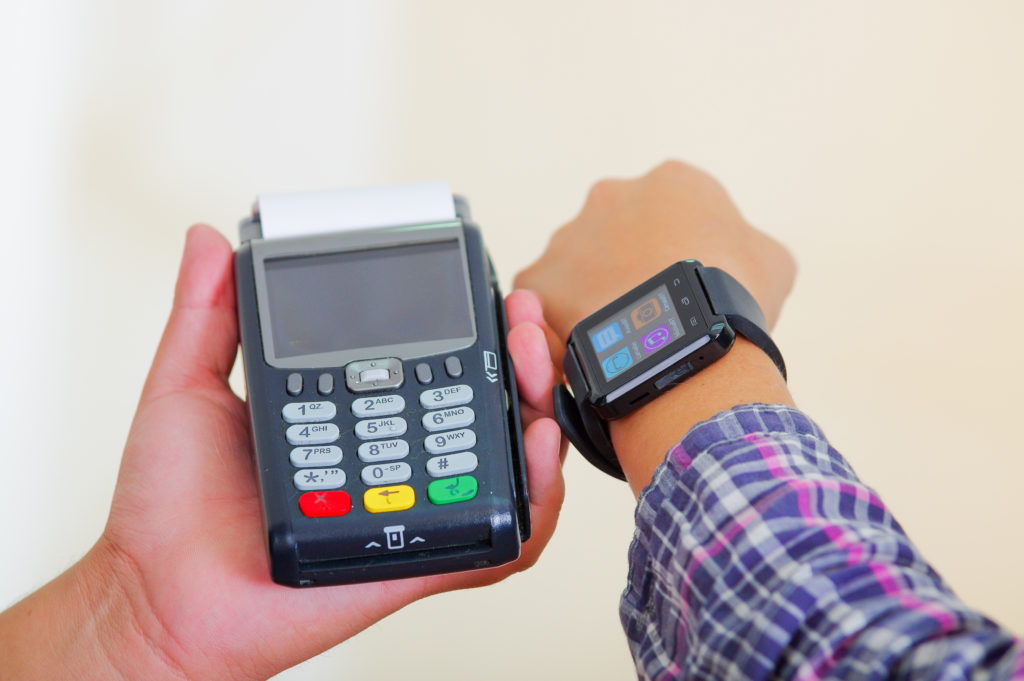Smartwatches began as an extension of a user’s smartphone. For example, the Moto 360 can forward notifications, removing the need to take one’s phone out of their pocket or bag. Smartwatches can also measure heart-rate and access cellular data in the case of the Samsung Gear S2 and the recently-released 2017 Apple Watch. Of course, as wearables have gotten more advanced, so too have mobile payments, and it is natural for developers to try to integrate their payment platforms onto wearables to make payments even more convenient.

The introduction of mobile payments has eliminated the need to take out one’s wallet to produce a card or cash. However, the argument can be made that all that mobile payments have done is simply replace the act of taking out one’s wallet with the act of taking out their phone. The use of mobile payments in a smartwatch eliminates that inconvenience. A smartwatch user does not have to take out their phone or their wallet. They simply must touch their wearable to the sensor, which is presumably on their wrist most of the time anyway.
Each smartwatch operating system boasts their own mobile payment platform, using some form of tokenization to secure payment details. They all have advantages and disadvantages over each other. The following eBook will discuss each wearable payment platform, and the kind of technology each one use, at length.

